It's likely that your physician may request to see X-rays of your knee. Additionally, they can suggest a computed tomography (CT) scan. CT scans are useful for detecting small fractures and issues with the bones.
Ache in the knee's front
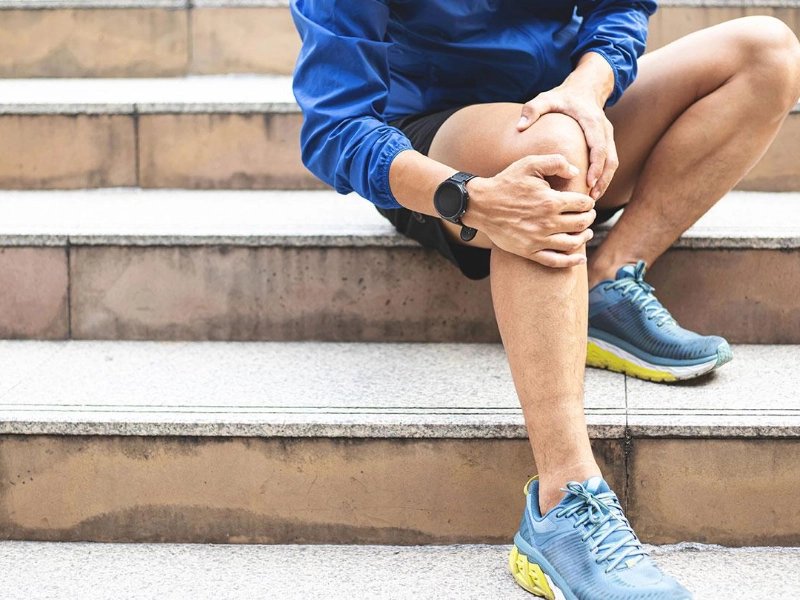
When you rise up from a sitting position or ascend stairs and feel pain in the front of your knee, it is most likely patellofemoral pain syndrome (PFPS). It happens frequently in athletes and can also be brought on by an injury. Stepping up stairs or engaging in repetitive activities usually exacerbates this kind of pain.
The trochlear groove, a channel in the cartilage that the kneecap grinds against or strikes, is usually the source of the discomfort because it causes inflammation and irritation. Bursitis, arthritis, and chondromalacia patella, a softening of the cartilage surrounding the kneecap, are additional reasons for pain in the front knee.
Pain can be lessened with the aid of medications such as acetaminophen, a painkiller, and nonsteroidal anti-inflammatory medicines. Pain and swelling can also be decreased by resting the knee, applying ice to it frequently, and elevating it when it's feasible. Additionally, you might lessen your discomfort by switching to an activity that doesn't strain your knee. A pain management professional can assess your knee in extreme circumstances and recommend the best course of action.
Discomfort behind the knee
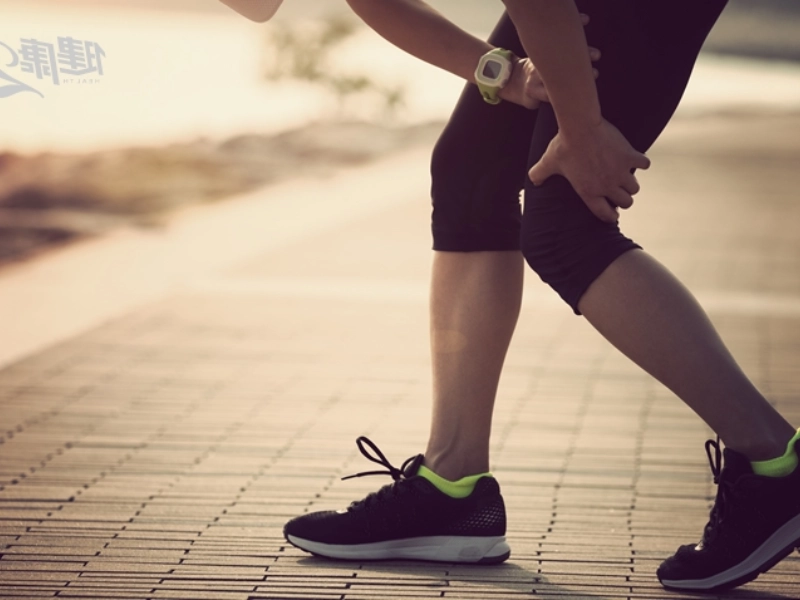
Back of the knee pain is typically caused by issues with the muscles, tendons, and ligaments. When overworked, the hamstring muscle, which connects the rear of the leg to the knee, may strain or partially rupture. The back of the knee hurts sharply as a result of this. Deep vein thrombosis (DVT) can also produce pain in this region. This condition is dangerous and needs to be treated with medication to stop the clot from getting larger and moving to the lungs, where it could result in a pulmonary embolism.
Additional causes of knee discomfort in the back include lupus, osteoarthritis, rheumatoid arthritis, and other autoimmune diseases. All of them result in inflammation of the knee joint's surrounding connective tissues. Movie-theater knee is a discomfort that may start off as a dull ache and worsen when one climbs stairs or stands up after spending a lot of time sitting down. Naproxen or ibuprofen can be taken to reduce swelling and pain.
Discomfort on the outside of the knee

Muscle or ligament issues are frequently the cause of pain on the side of the knee. For instance, knee pain can result from sprains and strains, and soreness and stiffness can be caused by a bowleg, a condition in which the leg bone in the knee is misaligned.
The inflammation of the bursae, which are tiny sacs filled with fluid that reduce friction in joints, is one of the other possible causes of pain on the outside of the knee. Bursitis is the term used to describe the inflammation and irritation of these The cartilage covering the ends of the bones that make up the knee joint might wear down occasionally, especially in elderly adults. Osteoarthritis is the term for this.
Depending on where and what is causing your knee discomfort, a physiotherapist may be able to provide you with guidance and therapy without requiring you to visit your doctor. For further information, speak with your local clinical commissioning group or doctor.
Discomfort in the knee's lower part
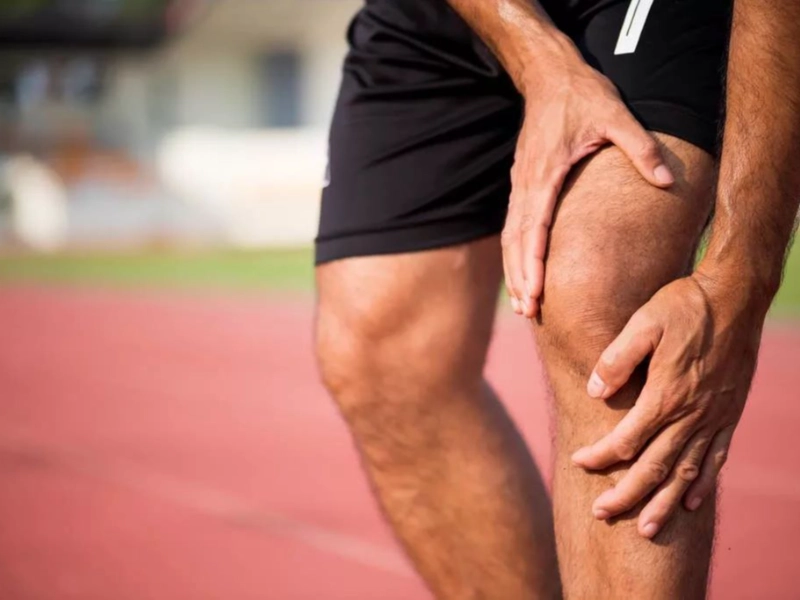
An accident, an abrupt shift in physical activity, or age-related changes like osteoarthritis are frequently the causes of acute knee discomfort. Additionally, it may indicate the presence of other health issues, like diabetes or obesity.
Swelling, stiffness, and occasionally redness in the knee are the symptoms. The knee may feel normal to move, but when you bend or straighten it, you may hear a grinding or crunching sound. It's critical that you inform your doctor about the pain's location and duration.
Certain kinds of knee discomfort might be relieved by stretching and exercise. It is especially beneficial to strengthen the quadriceps muscles, which are located in the front of the thigh. Additional workouts involve a minute of standing and squatting, followed by ten repetitions of stepping down and then raising one foot on a step. To reduce pain and stiffness, you can use non-steroidal anti-inflammatory drugs like ibuprofen. Using a knee brace or self-massaging are more options.
Advertisement
Recommended Reading: Are tomatoes known to purify blood?



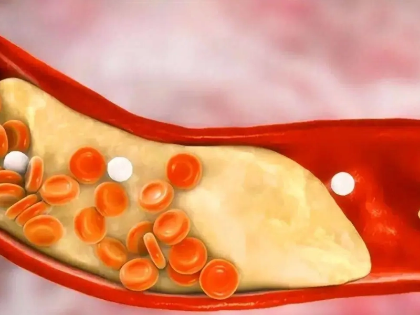
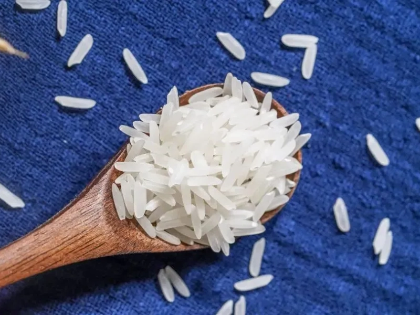
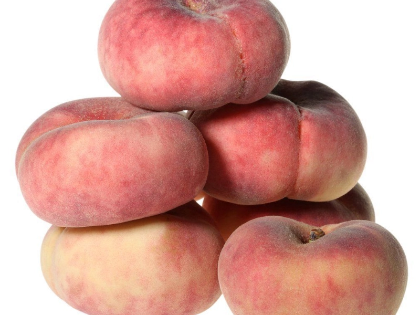

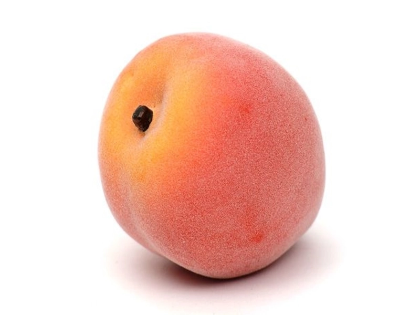


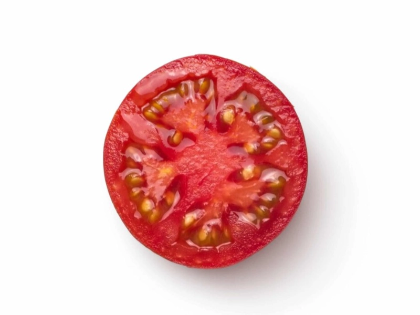




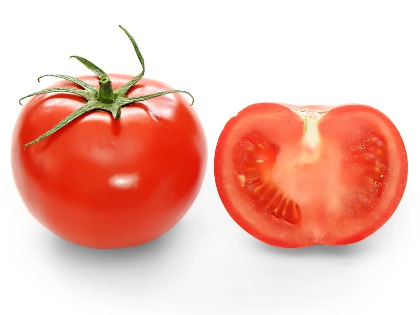
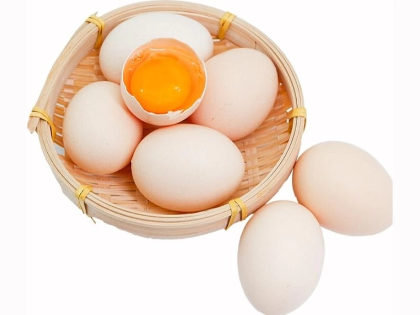



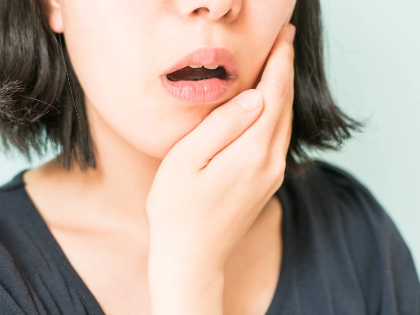
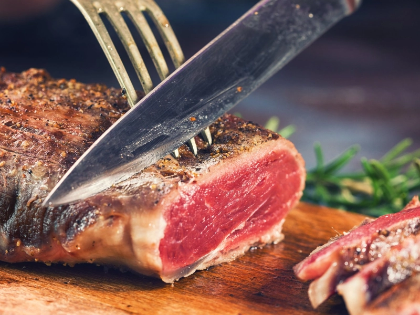

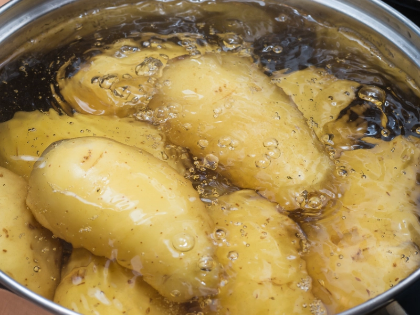
Reframing my default stance.
What domino falls after this?
Good signal, low noise.
Encourages instrumentation parity.